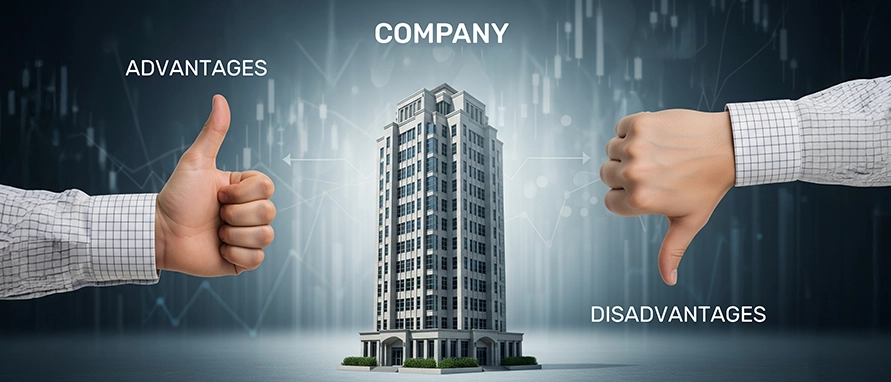-
Our ProductsLoansCardsInsuranceInvestmentsStock MarketElectronics MallCIBIL ScoreKnowledge CentreAcademyCalculators
- Our Services
- My Account
- Discover
Sunk Cost: Meaning, Types, and How To Avoid Fallacy
We often continue with certain decisions simply because we have already spent money, time, or effort on them—even when it no longer makes sense to do so. This behaviour stems from a psychological bias called the sunk cost fallacy. In financial and personal contexts, this can lead to poor decision-making, wasted resources, and reduced efficiency. This article explains what sunk cost means, how it shows up in daily life and investing, and how to avoid letting past costs dictate future decisions.
What Is a Sunk Cost
A sunk cost refers to money already spent on a past expense that cannot be retrieved or reversed. It may be in the form of time, effort, or money. Once spent, this cost should no longer influence your future decisions, as it cannot be reclaimed regardless of what happens next.
People often struggle to ignore sunk costs due to emotional attachment, fear of loss, or a desire to avoid regret. This leads to the sunk cost fallacy, where one continues with an activity or investment only because of prior commitment rather than evaluating its current value.
Types of Sunk Costs
Sunk costs are not limited to money—they come in different forms across personal, professional, and financial domains. Here are the most common types:
Monetary Sunk Costs
These include non-refundable expenses like:
Booking fees for travel or events
One-time setup or registration costs
Cancelled project costs in business
Non-recoverable marketing or advertising spends
Time-Based Sunk Costs
These are the hours or days spent on activities or projects that no longer serve your objectives, such as:
Continuing a course that no longer aligns with your career
Watching a film you aren’t enjoying, just because you’ve already watched half
Staying in long meetings that are no longer relevant to your role
Effort-Based Sunk Costs
Investments of energy and effort also become sunk costs when they no longer contribute to a goal. For example:
Training employees who leave shortly after
Developing products that never launch
Writing drafts of proposals that are never submitted
Understanding these forms helps to recognise when you may be holding onto something unnecessarily.
Understanding the Sunk Cost Fallacy
The sunk cost fallacy occurs when a person continues an endeavour due to the resources already spent on it, rather than evaluating its present and future value.
This fallacy is irrational because it focuses on past losses instead of weighing current benefits and costs. It traps individuals, companies, and even governments into throwing more resources into ventures that no longer make sense.
Examples include:
Finishing a bad book because you’ve already read 100 pages
Investing more money into a declining stock to avoid booking a loss
Persisting with a failing business project because it consumed months of work
Why Sunk Cost Fallacy Is Harmful
Ignoring the reality of sunk costs can lead to poor decision-making. Here’s how it affects individuals and businesses:
Wasted resources: Time and money continue to be spent with no returns
Emotional strain: Regret and frustration build over ongoing failure
Lost opportunities: Better options are missed because energy is tied up
Reduced efficiency: Delays in decision-making lead to stagnation
Avoiding this fallacy enables more rational, flexible, and proactive choices that improve outcomes over time.
How to Avoid the Sunk Cost Fallacy
The sunk cost fallacy can affect decision-making when past investments weigh more heavily than future outcomes. Understanding how it works can help in recognising when this bias might arise.
Reframe the Decision
Looking at a choice as if no prior resources had been spent helps in understanding whether the decision is based on future value or past commitments.
Focus on Future Gains
In behavioural studies, decisions are often considered stronger when they are assessed on expected future outcomes rather than historical costs.
Set Clear Exit Criteria
Some individuals and organisations pre-define points at which they will reassess progress. This helps reduce emotional attachment and makes the process more structured.
Separate Emotion from Logic
Acknowledging that emotions can play a role in decision-making is important. Awareness of this influence allows for a more balanced perspective.
Accept Mistakes as Part of Growth
Past investments that don’t yield results are part of the learning curve. Recognising them as experiences rather than losses can help build resilience.
Use the Zero-Based Thinking Approach
A common reflective tool in behavioural finance is asking, “If I were to decide today with current knowledge, would I start this again?” This highlights the difference between past costs and present judgment.
Common Sunk Cost Traps in Investing
In the stock market, the sunk cost fallacy may present itself in multiple ways. Being aware of them helps investors make more rational financial decisions.
Holding Loss-Making Stocks
Investors often hold on to underperforming stocks hoping they’ll recover just because they’ve already incurred losses. This may delay more productive reallocation of funds.
Continuing SIPs in Irrelevant Funds
Persisting with a Systematic Investment Plan (SIP) in a fund no longer aligned with your goals, just because you’ve already contributed to it.
Averaging Down Blindly
Buying more of a falling stock without evaluating its fundamentals, purely to reduce the average purchase price.
Avoiding these behaviours requires an objective review of your financial strategy and readiness to shift when conditions change.
Psychological Reasons Behind Sunk Cost Fallacy
The fallacy is deeply rooted in human psychology:
Loss aversion: People prefer avoiding losses over acquiring equivalent gains
Commitment bias: Once we commit, we feel the need to justify that decision
Social pressure: Quitting is often perceived negatively
Ego and pride: Admitting a past decision was wrong is difficult
Understanding these biases helps you challenge them consciously.
Conclusion
Sunk costs are a reality of life and business—but they need not trap us in unproductive decisions. Rational thinking requires evaluating options based on future benefits, not past losses. By recognising sunk cost situations, reframing decisions, and setting logical benchmarks, you can make choices that serve your goals better and prevent ongoing waste of resources.
Disclaimer
This content is for informational purposes only and the same should not be construed as investment advice. Bajaj Finserv Direct Limited shall not be liable or responsible for any investment decision that you may take based on this content.
FAQs
What is a simple example of a sunk cost in daily life?
A simple example of a sunk cost in daily life is buying a movie ticket and staying until the end even if the film is not enjoyable, only because the money for the ticket has already been spent.
Can sunk cost fallacy affect business decisions?
Sunk cost fallacy affects business decisions when companies continue investing in failing projects just because money, time, or resources have already been spent, even if data shows better alternatives exist.
Are sunk costs always financial?
Sunk costs are not always financial; they can also take the form of time, effort, energy, or emotional investment that cannot be recovered once spent.
Why do smart people fall for the sunk cost fallacy?
Smart people fall for the sunk cost fallacy because of cognitive biases such as loss aversion and fear of regret, which make them persist with poor decisions despite logical evidence to stop.
How can investors protect themselves from the sunk cost trap?
Investors may use tools such as stop-loss orders, subject to broker rules and market risks.
FAQs
What is the difference between MCX and NCDEX?
MCX deals mainly in non-agricultural commodities like metals and energy products, while NCDEX focuses on agricultural commodities like grains, pulses, and spices.
Can I trade on both MCX and NCDEX?
Yes, you can register with brokers offering access to both exchanges, depending on your commodity interest.
Which is more volatile – MCX or NCDEX?
Both can be volatile, but MCX often responds to global events, while NCDEX reacts to domestic agricultural conditions.
What is the NCDEX future market?
It is a platform for trading futures contracts in agricultural commodities, enabling hedging against future price changes.
Is commodity trading regulated in India?
Yes, both MCX and NCDEX are regulated by SEBI to ensure transparency and protect participants.
With a Postgraduate degree in Global Financial Markets from the Bombay Stock Exchange Institute, Nupur has over 8 years of experience in the financial markets, specializing in investments, stock market operations, and project management. She has contributed to process improvements, cross-functional initiatives & content development across investment products. She bridges investment strategy with execution, blending content insight, operational efficiency, and collaborative execution to deliver impactful outcomes.
Related Blogs

Anshika

Anshika

Roshani Ballal

Nupur Wankhede
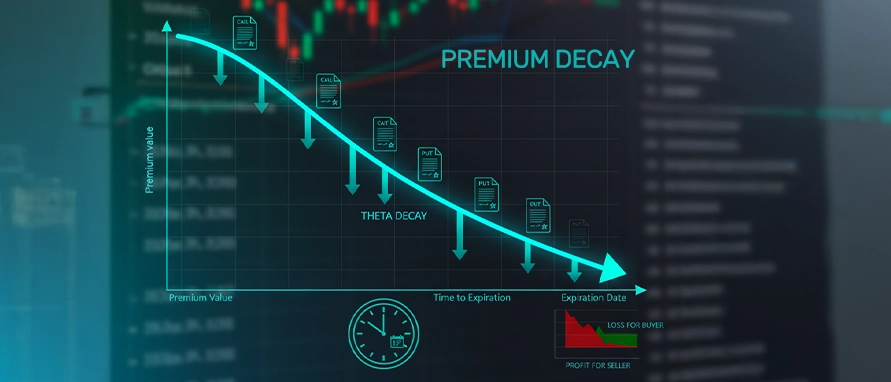
Anshika

Roshani Ballal

Geetanjali Lachke

Roshani Ballal

Geetanjali Lachke

Geetanjali Lachke

Nupur Wankhede

Roshani Ballal

Roshani Ballal

Roshani Ballal
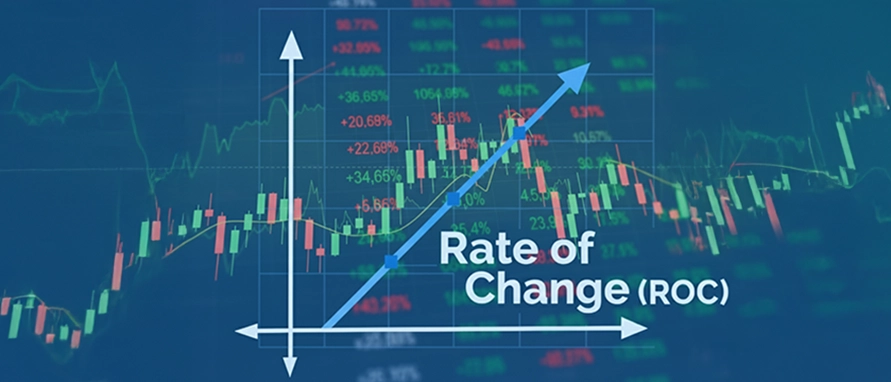
Nupur Wankhede

Anshika

Anshika

Nupur Wankhede

Nupur Wankhede

Anshika
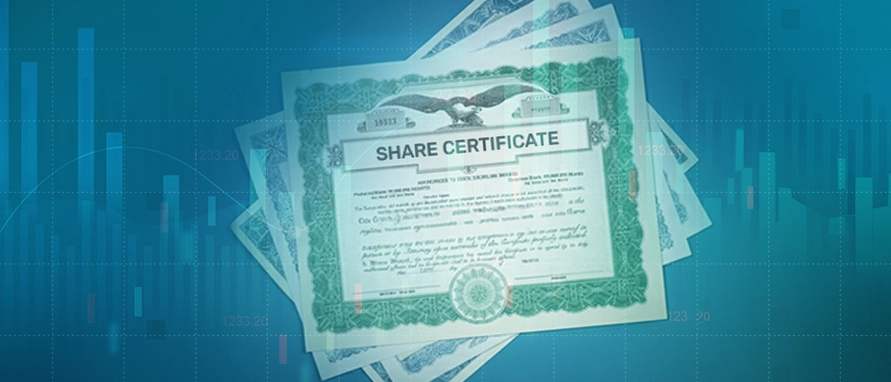
Nupur Wankhede

Anshika

Geetanjali Lachke

Roshani Ballal

Anshika

Anshika
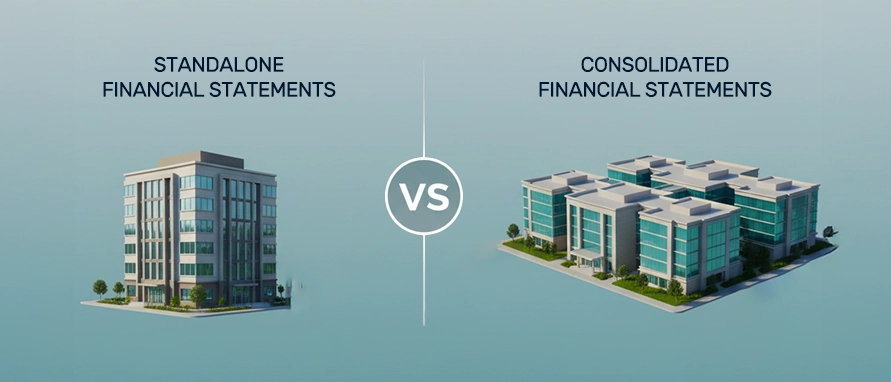
Nupur Wankhede
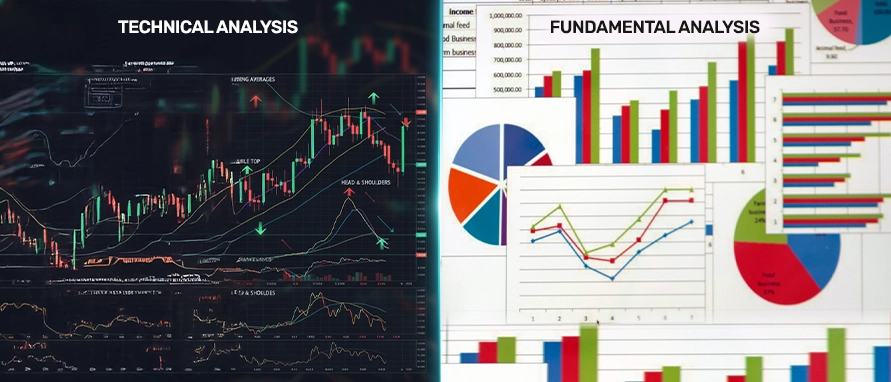
Anshika

Nupur Wankhede
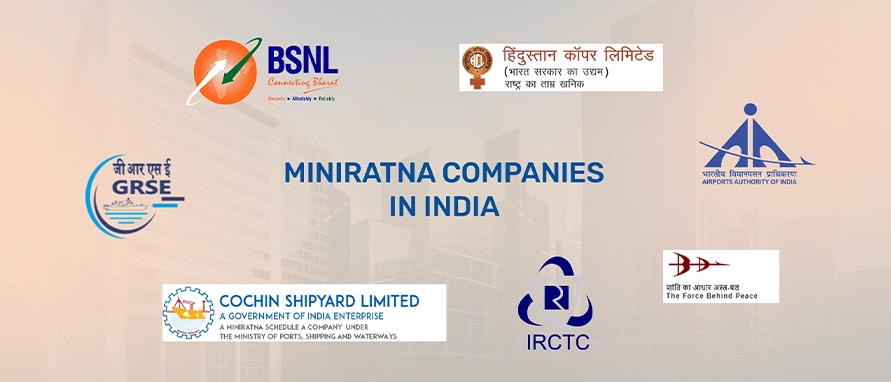
Nupur Wankhede

Geetanjali Lachke

Roshani Ballal

Roshani Ballal

Geetanjali Lachke

Nupur Wankhede

Anshika

Nupur Wankhede
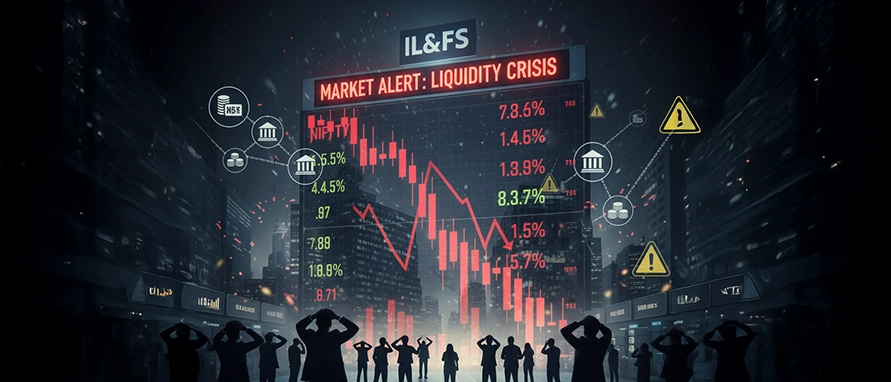
Nupur Wankhede

Nupur Wankhede

Nupur Wankhede

Nupur Wankhede

Nupur Wankhede

Nupur Wankhede

Geetanjali Lachke

Geetanjali Lachke

Roshani Ballal

Nupur Wankhede

Anshika

Anshika

Nupur Wankhede

Nupur Wankhede

Nupur Wankhede

Nupur Wankhede

Nupur Wankhede

Nupur Wankhede

Nupur Wankhede

Nupur Wankhede

Nupur Wankhede

Nupur Wankhede

Nupur Wankhede

Nupur Wankhede

Roshani Ballal

Anshika
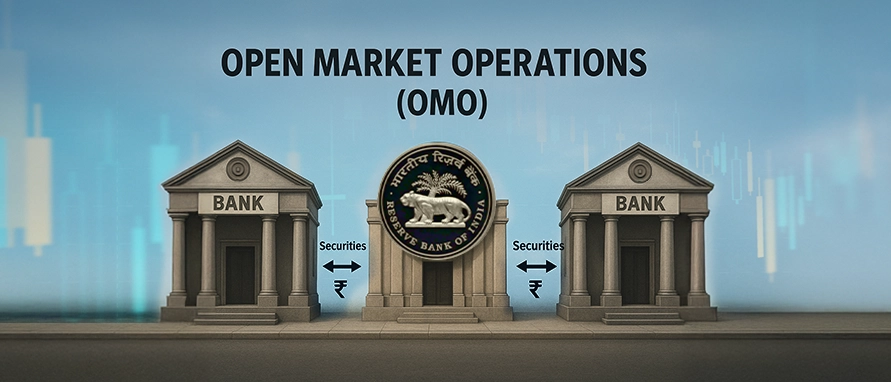
Nupur Wankhede

Geetanjali Lachke

Nupur Wankhede

Nupur Wankhede

Anshika
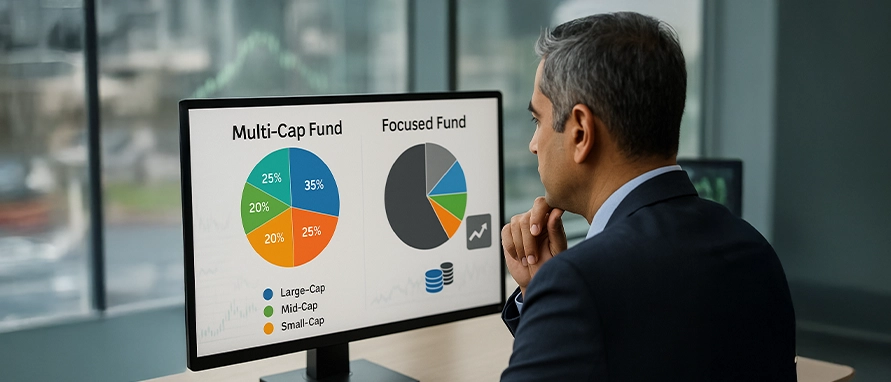
Anshika

Nupur Wankhede

Anshika

Anshika

Nupur Wankhede
.webp)
Nupur Wankhede

Nupur Wankhede

Nupur Wankhede

Nupur Wankhede

Nupur Wankhede

Nupur Wankhede
.webp)
Nupur Wankhede

Nupur Wankhede

Nupur Wankhede

Nupur Wankhede
-in-India.webp)
Nupur Wankhede

Nupur Wankhede

Nupur Wankhede

Anshika

Nupur Wankhede

Nupur Wankhede

Anshika

Anshika

Nupur Wankhede

Nupur Wankhede

Nupur Wankhede

Nupur Wankhede

Nupur Wankhede

Nupur Wankhede

Nupur Wankhede

Nupur Wankhede

Anshika

Nupur Wankhede

Nupur Wankhede

Nupur Wankhede

Nupur Wankhede

Anshika

Nupur Wankhede

Nupur Wankhede
-Meaning-Importance.webp)
Nupur Wankhede

Anshika

Nupur Wankhede
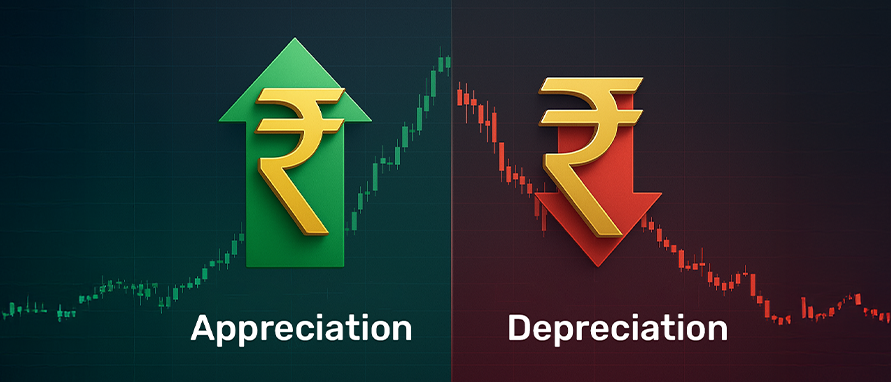
Anshika

Nupur Wankhede

Nupur Wankhede

Nupur Wankhede

Geetanjali Lachke

Geetanjali Lachke

Geetanjali Lachke

Anshika

Anshika

Nupur Wankhede

Nupur Wankhede
-portfolio.webp)
Nupur Wankhede

Anshika

Geetanjali Lachke

Geetanjali Lachke

Geetanjali Lachke

Geetanjali Lachke

Geetanjali Lachke

Roshani Ballal

Geetanjali Lachke

Geetanjali Lachke

Geetanjali Lachke

Roshani Ballal

Roshani Ballal

Geetanjali Lachke

Roshani Ballal

Roshani Ballal

Roshani Ballal

Roshani Ballal

Roshani Ballal

Roshani Ballal





.webp)










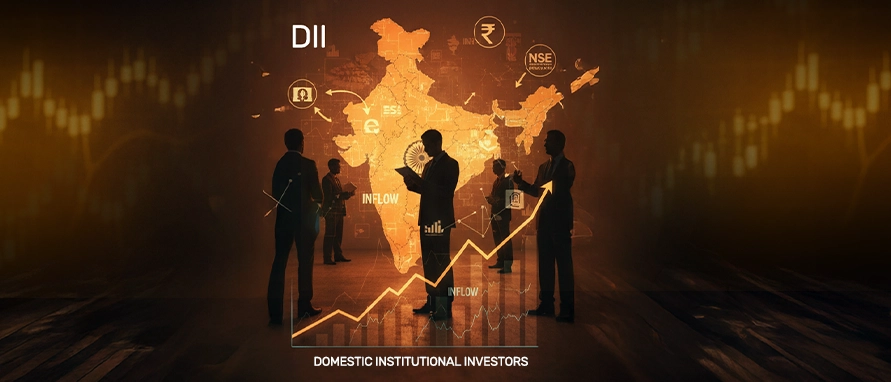

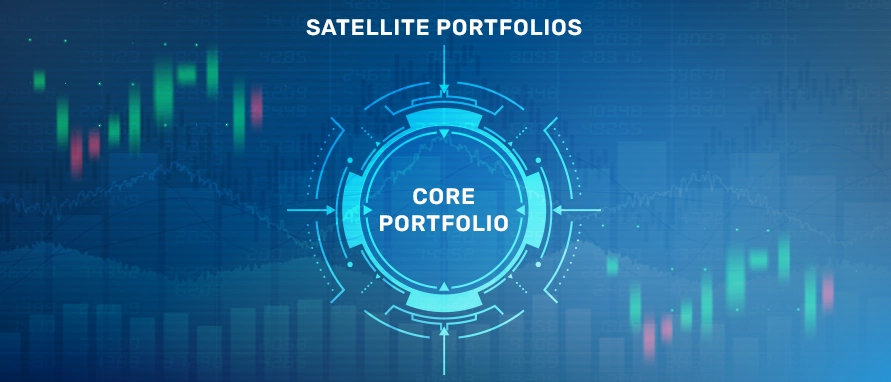
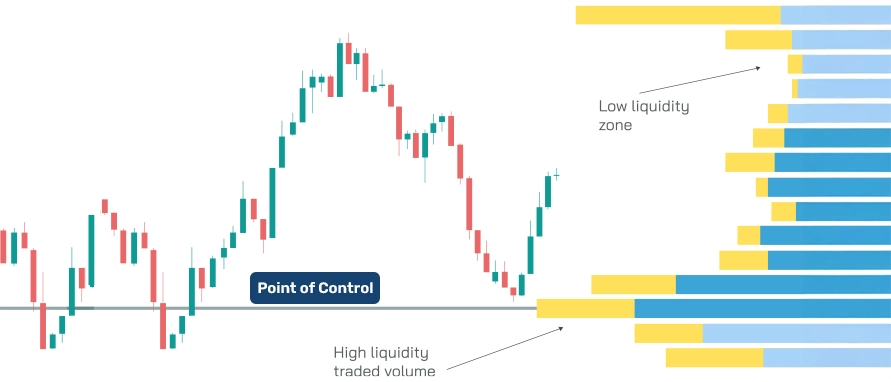
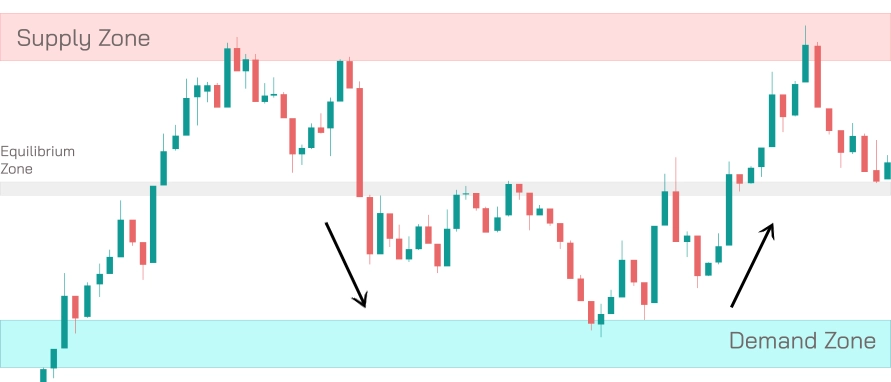

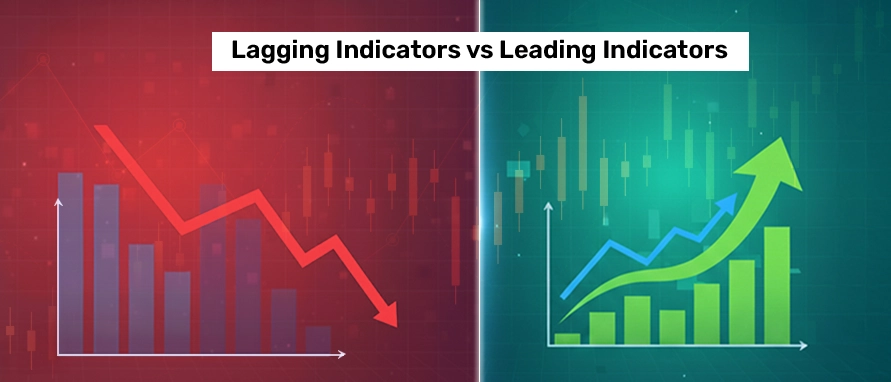
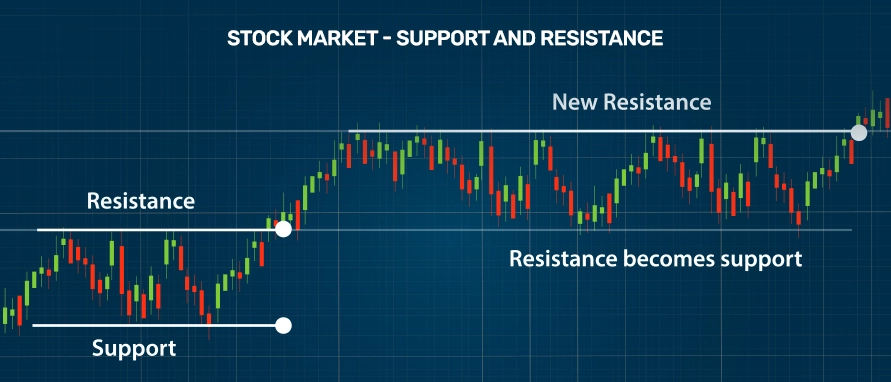
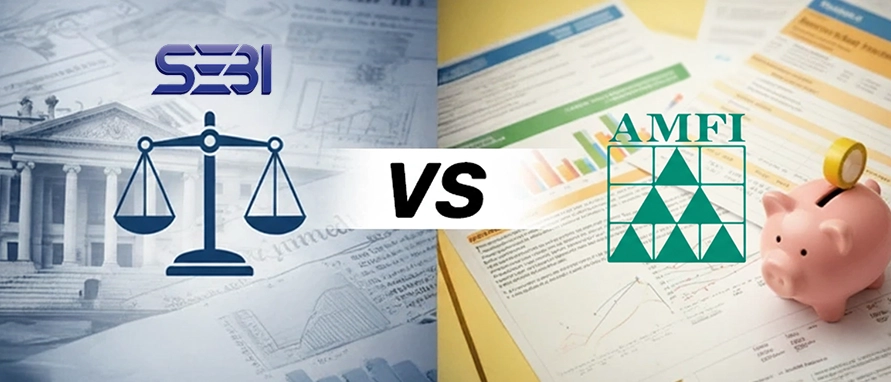




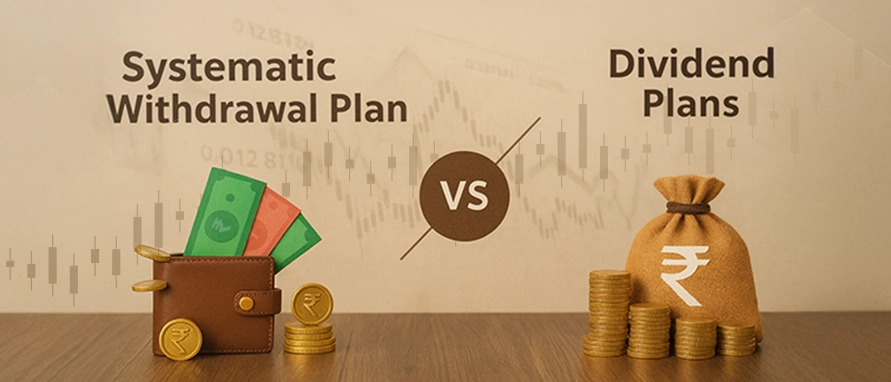

.webp)

.webp)
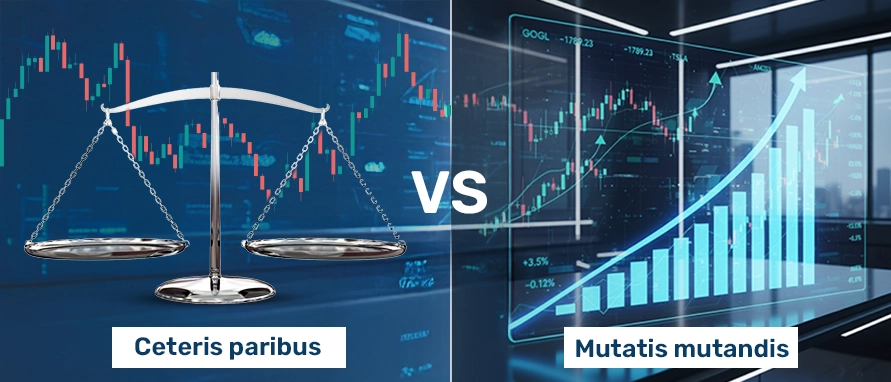
















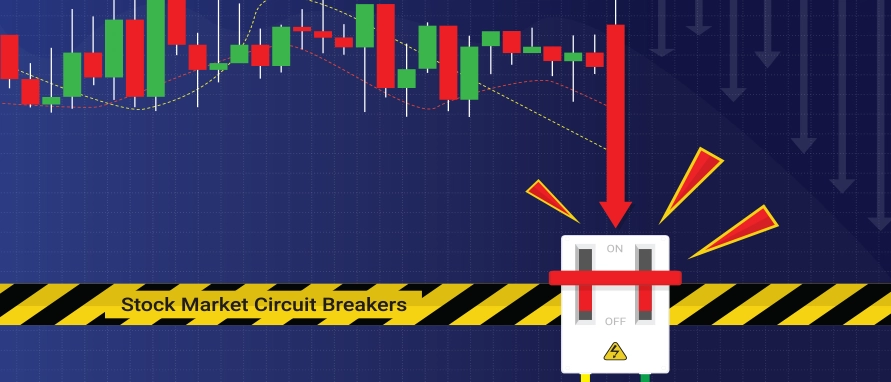















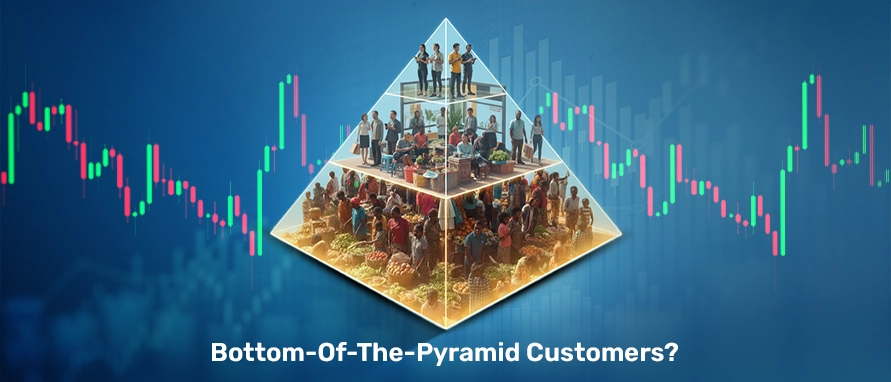










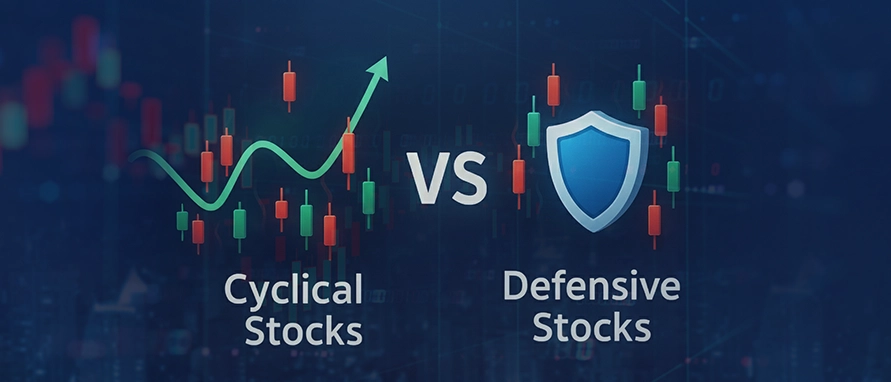






















.webp)



.webp)




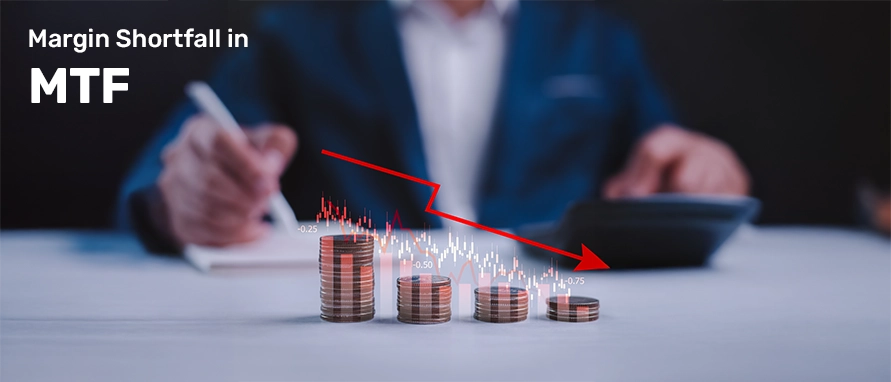






.webp)


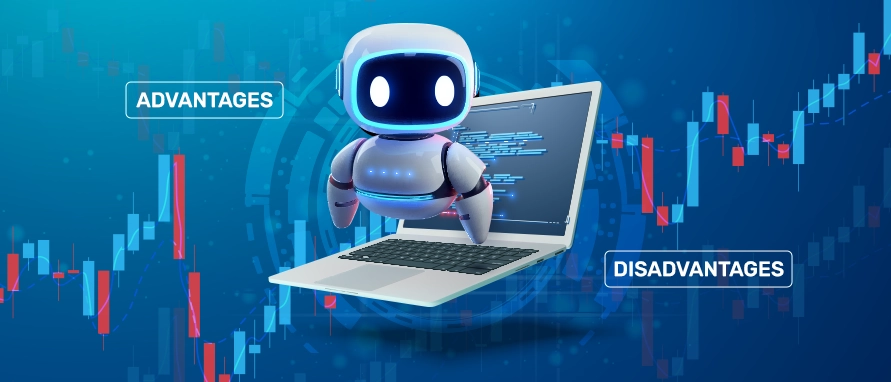
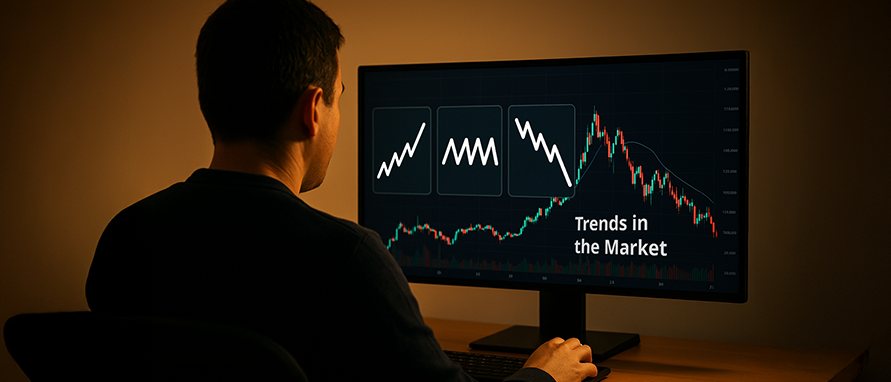
.webp)



